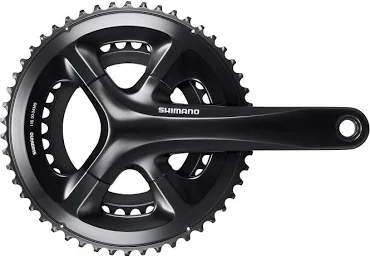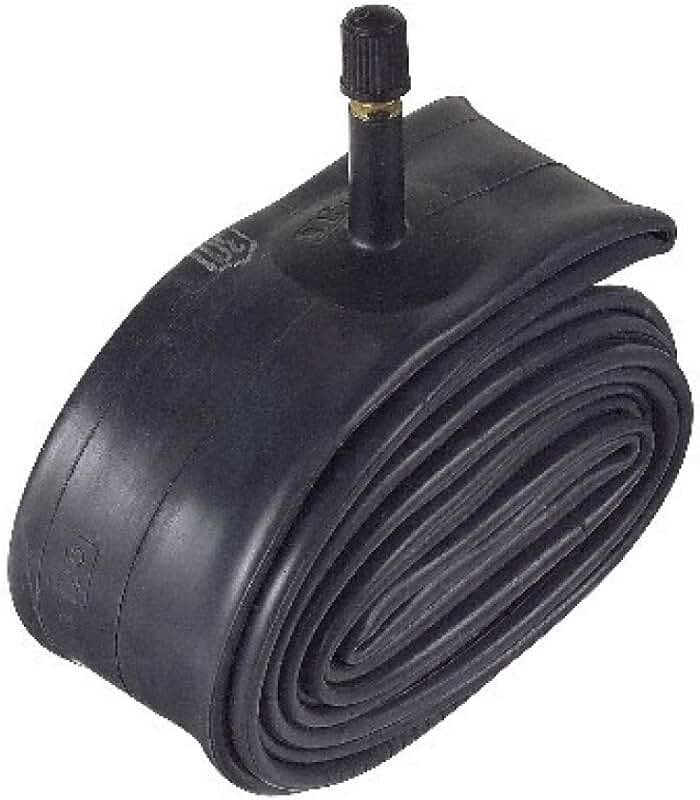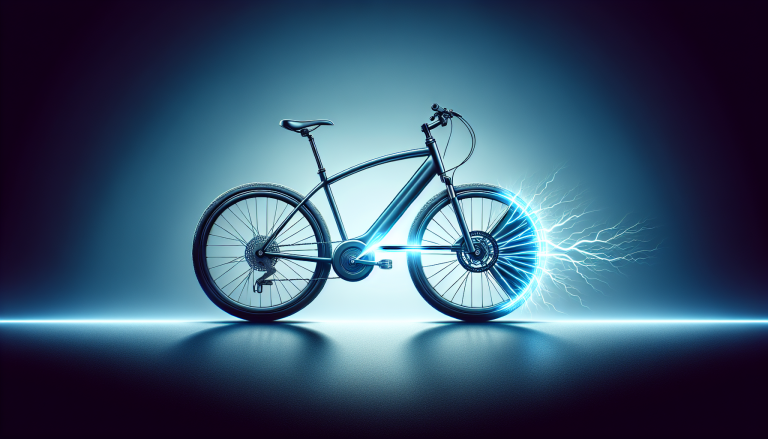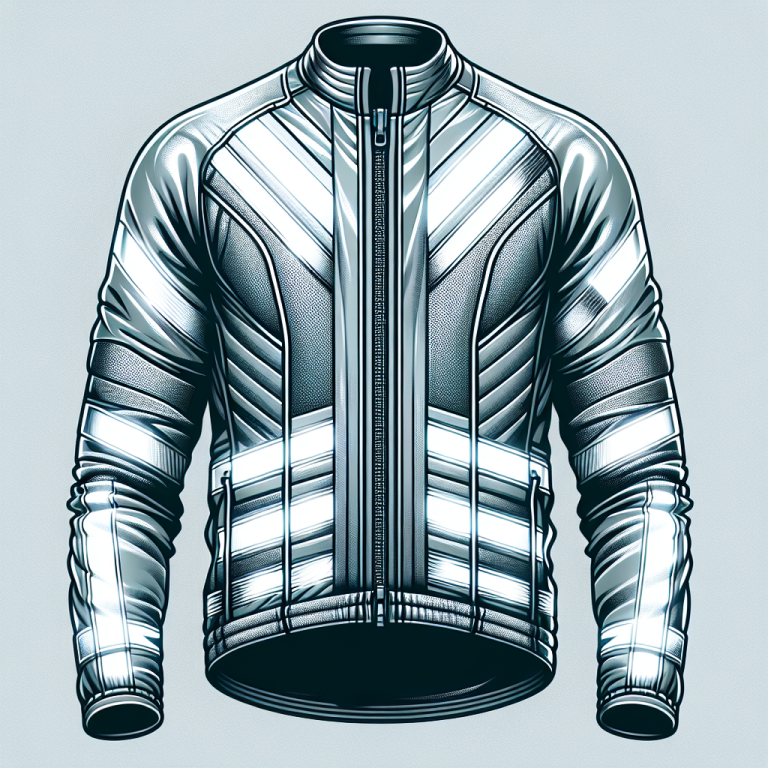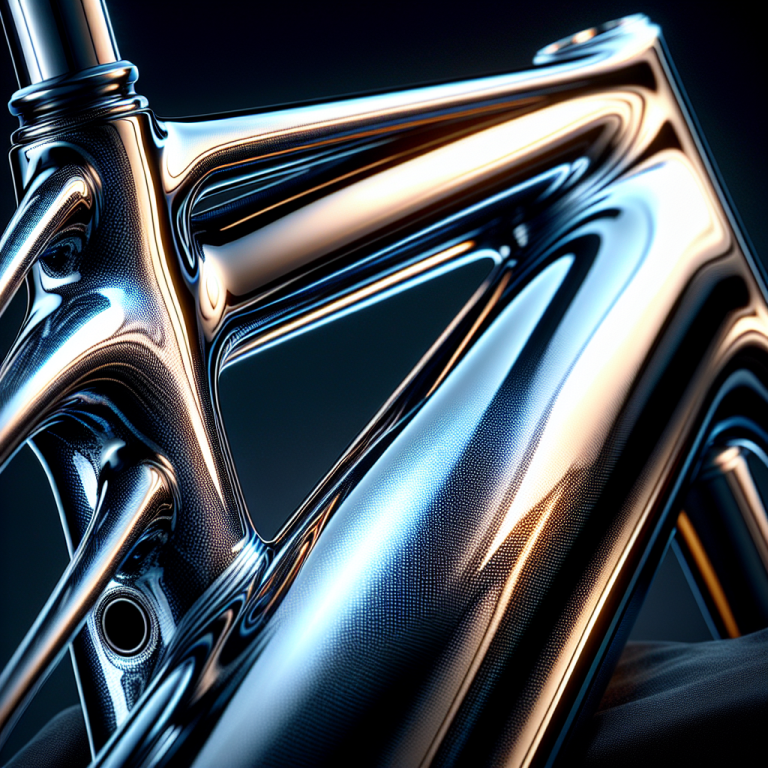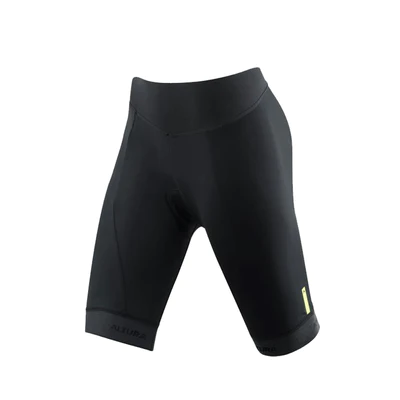In the world of cycling, chainsets play a pivotal role in ensuring smooth and efficient pedaling. But have you ever wondered what exactly makes up a chainset? From crank arms to chainrings and bottom brackets, these essential components work together to transfer power from your legs to the drivetrain. In this article, we’ll explore the various parts that make up a chainset and delve into their importance in enhancing your cycling experience. So, let’s saddle up and discover the inner workings of these crucial cycling components!
Table of Contents
ToggleChainsets
Introduction
If you’re an avid cyclist or just starting out, understanding the various components of your bike is important. One essential part that you may have heard of is the chainset. This crucial component is responsible for transferring the power from your legs to the wheels, making it a vital part of the bike’s drivetrain. By understanding the different parts that make up a chainset, you’ll be able to make informed decisions when it comes to maintenance, upgrades, and selecting the right chainset for your riding style and preferences. In this article, we will take a closer look at the various components that make up a chainset.
Crank Arms
The crank arms are the long, straight components that attach to the bottom bracket and connect to the pedals. They are the part of the chainset that you directly interact with when pedaling. Crank arms are available in different lengths, with longer crank arms providing a greater mechanical advantage. The length of the crank arms can have an impact on your pedaling efficiency and comfort, so it’s essential to choose a length that suits your body geometry and riding style.
Chainrings
Chainrings are the toothed wheels that are attached to the crank arms. They are the primary component responsible for transmitting power from the chain to the rear wheel. Chainrings come in different sizes, known as gear ratios, which determine how easy or hard it is to pedal at a given speed. Bikes typically come with either a single chainring or multiple chainrings, depending on the type of riding the bike is designed for. Mountain bikes often have multiple chainrings, providing a wide range of gears for tackling various terrains, while road bikes may have a single or double chainring setup for more efficient pedaling on smooth roads.
Bottom Bracket
The bottom bracket is a cylindrical component that houses the bearings allowing the crank arms to rotate smoothly. It is attached to the frame of the bike and connects the crank arms to the frame. Bottom brackets come in different types, such as threaded or press-fit, depending on the design of the bike frame and the specific chainset being used. Choosing the right type of bottom bracket is crucial to ensure compatibility with your bike frame and chainset.
Chain
The chain is a crucial component of the chainset as it transfers power from the chainrings to the rear wheel. Chains are made up of a series of links that interlock with each other and wrap around the teeth of the chainrings and cogs on the rear wheel. Chains come in different widths and lengths, designed to work with specific drivetrain setups. Proper maintenance of the chain, such as regular cleaning and lubrication, is essential for smooth shifting and optimal power transfer.
Bolts
Bolts may seem like a small and insignificant part of a chainset, but they play a crucial role in holding everything together. Bolts are used to attach the chainrings to the crank arms securely. They need to be tightened to the correct torque specification to ensure that everything stays in place while riding. It’s important to check the tightness of the bolts regularly to prevent any loosening that could result in a chainring becoming detached during a ride.
Derailleur
The derailleur is one of the essential components of a chainset. It is responsible for moving the chain between different chainrings and cogs, allowing you to shift gears. The derailleur works in conjunction with the shifters, which are mounted on the handlebars and actuated by the rider’s hands. The derailleur’s job is to guide the chain smoothly from one gear to another, ensuring a reliable and seamless shifting experience.
Shifters
Shifters are the control levers mounted on the handlebars that allow you to change gears. By pressing or pulling the shifters, you activate the mechanisms that move the derailleur. Shifters come in different types, such as mechanical or electronic, and have varying designs and ergonomics to suit different riders’ preferences. Understanding how to use your specific shifters effectively will ensure smooth and efficient shifting while riding.
Cables and Housing
Cables and housing are the channels through which the mechanical force from the shifters is transmitted to the derailleur. They are responsible for transferring the movements from the shifters to the derailleur to initiate gear changes. Proper maintenance of the cables and housing, such as regular cleaning and lubrication, is important to ensure smooth and accurate shifting.
Pedals
Last but not least, pedals are an essential part of the chainset as they provide the connection between your feet and the crank arms. Pedals come in various designs, including flat pedals, clipless pedals, or toe cage pedals, each with its own advantages and disadvantages. Choosing the right type of pedals that suit your riding style and preferences is crucial for comfort, efficiency, and control while pedaling.
Conclusion
Understanding the different components that make up a chainset is essential for any cyclist. From the crank arms and chainrings to the bottom bracket, chain, bolts, derailleur, shifters, cables and housing, and pedals, each part plays a vital role in the overall performance and functionality of your bike. By knowing how these components work together, you’ll be better equipped to maintain, upgrade, and choose the right chainset for your cycling needs. So next time you’re out on a ride, take a moment to appreciate the complex interplay of these components as they propel you forward on your cycling adventures.

